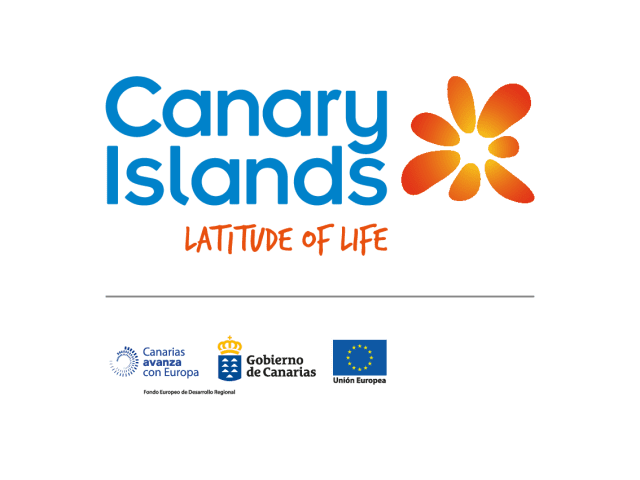After a meeting today, Sunday 19th of September, authorities in La Palma, Canary Islands, commenced a preventative evacuation for at-risk population in the light of evidence that seismic activity has reached its highest level since the swarm began on the island of La Palma earlier this week.
This precautionary evacuation is in place for residents in the districts of Las Manchas (Manchas de Abajo, Jedey, San Nicolás and El Paraíso) in El Paso and Los Llanos de Aridane; in El Charco (Fuencaliente); La Bombilla (Los Llanos and Tazacorte); and El Remo and Puerto Naos (Los Llanos de Aridane).
The Scientific Committee of the Volcano Risk Prevention Plan (PEVOLCA) reports that the island remains in pre-eruption phase. This precautionary evacuation has been put in place to minimise any dangers associated with seismicity and rockfalls.
PEVOLCA has established a volcanic ‘traffic light’ mechanism for alerting the public. The traffic light consists of four colours according to the level of risk: green, yellow, amber and red. The yellow alert introduced this week remains in place for affected towns. At this level, both information to the public and the surveillance and monitoring of volcanic and seismic activity are increased.
Seismic activity in La Palma continues, with localised events both at surface level and at depths up to 8km. Numerous earthquakes with a maximum intensity of III-IV on the Richter Scale have been felt. Surface signs associated with surface seismicity – such as noises and vibrations – have also been recorded.
Continuous monitoring of the seismic activity has been increased and the public will be notified of any significant changes observed. The public are asked to be on the alert for information issued by the Civil Protection authorities through official channels and the media.
PEVLOCA is coordinated by the Canary Island government’s Directorate General for Safety and Emergencies and comprises representatives of Spain’s National Geographical Institute (IGN), Science Research Council (CSIC), Canarian Institute of Vulcanology (Involcan), Spanish Geological and Mining Institute IGME), National Institute of Meteorology (AEMET), National Oceanographic Institute (IEO), and the universities of La Laguna and Las Palmas de Gran Canaria.
For more information please visit www.hellocanaryislands.com
ENDS
For more information on the Canary Islands, please contact Ali Finnegan ali@travelmedia.ie or Raluca Andronic raluca@travelmedia.ie

